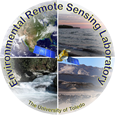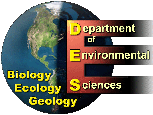Subsidence at Abandoned Underground Mines in Ohio
From the 1800’s until today, coal mining practices, primarily room-and-pillar mining, have resulted in a very intricate system of caverns and void space beneath urban locations in Ohio. Until 1874, mine operators were not required by law to prepare maps of their operations. Subsidence associated with the abandoned underground mining (AUM) operations in Ohio continue to be a dangerous and costly problem, as there are currently 4,786 AUMs confirmed throughout the state. The tortuous and sporatic nature of the coal seams, combined with poor documentation of mining locations, continues to make predicting subsidence difficult in this area.
Geo-referenced mine maps have brought light to the extent of much of the abandoned underground mine land in Ohio. One of these locations is Wellston, located in southeastern Ohio, where the downtown area lies above “mined-out” Quakertown no.2 coal.
The advent of Differential Interferometric images derived from repeat-pass Synthetic Aperture Radar (SAR) technology provides a cost effective method for quantifying subsidence at a large scale with extreme precision (<0.1mm); which will be used to measure vertical displacement of the city. Results from interferometry will be superimposed existing abandoned mine maps and documented subsidence locations. This allows interferometry results to be analyzed in an integrated GIS environment, and aids in understanding, identifying, and quantifying where subsidence has occurred. Ideally, a model to help identify causes for subsidences (rapid or gradual), with the potential of identifying locations at high risk of future subsidences, will be developed.


